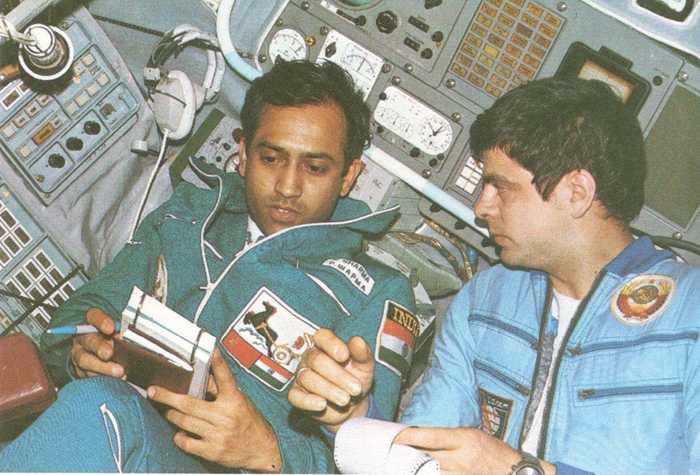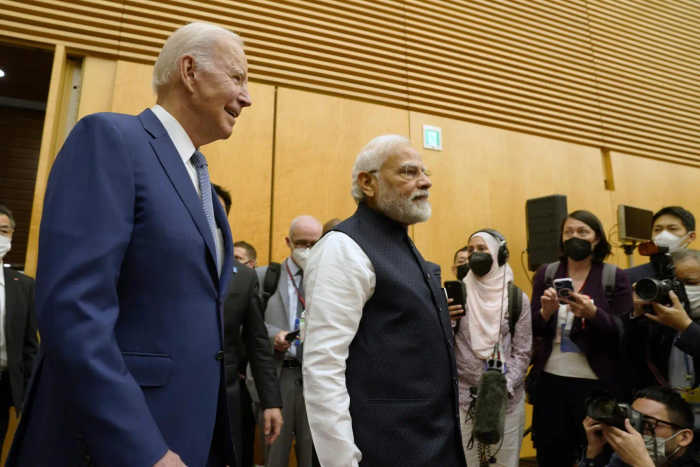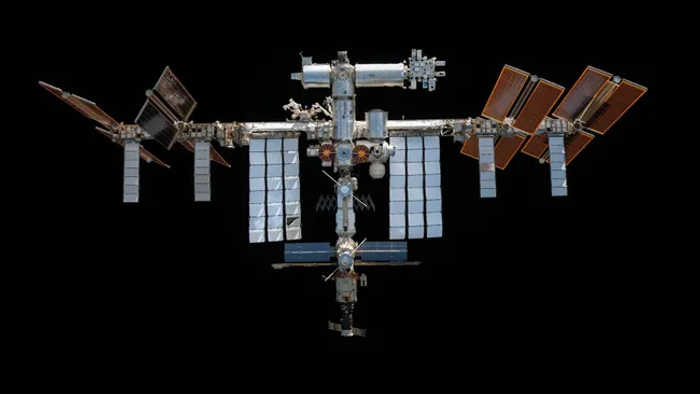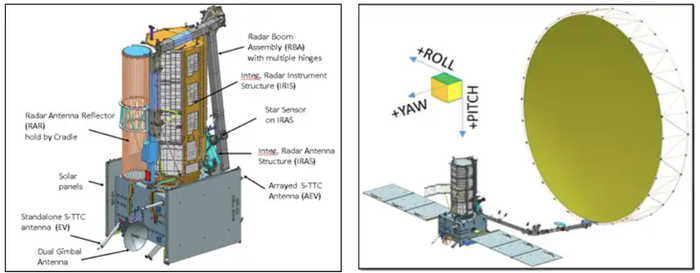Published 17:01 IST, February 27th 2024
Four Indian Air Force fighter pilots underwent training in Moscow for India’s first-ever manned space mission, the Gaganyaan project.
Advertisement
India will send one IAF test pilot from the landmark ‘Gaganyaan’ project for the International Space Station (ISS) joint mission planned by the United States’ space agency NASA and ISRO for the end of the year 2024.
The Indian astronaut will be launched aboard ISS owing to the huge success of Chandrayaan-3 and Aditya-L1 missions of the Indian Space Research Organization (ISRO).
Advertisement
"This mission will be planned ahead of India's human spaceflight mission to give the astronauts enough opportunity to learn from the ISS mission to plan well for Gaganyaan,” the Prime Minister said during his visit to the Vikram Sarabhai Space Centre (VSSC) in Kerala's Thiruvananthapuram on Tuesday, where he conferred upon the Gaganyaan mission crew the ‘astronaut wings.’
The PM previously hailed the US-India space mission at the G20 summit, as the plan to send Indian and American astronauts was finalised between the space agencies of two nations by the end of 2023.
Advertisement
One Indian astronaut, trained in Moscow, to head for ISS 2024 mission
Of the four test pilots trained extensively in Russia at Glavkosmos, the subsidiary of Russian space agency Roscosmos, one will be sent on the spaceflight to the ISS. The Indian test pilots were trained at Gagarin Research & Test Cosmonaut Training Center (GCTC) under the contract between Glavkosmos, JSC (part of the State Space Corporation Roscosmos) and the Human Spaceflight Center of the Indian Space Research Organisation (ISRO).

Four Indian Air Force (IAF) fighter pilots were given extensive training in Moscow for India’s first-ever manned space mission, the Gaganyaan project, Russian space agency Roscosmos said. It shared the progress on the Indian pilots’ training under the ambitious Rs 10,000-crore project on X, formerly Twitter. IAF's pilots received the theoretical classes on the Russian language as the manned spacecraft’s basics of astrogation for Gaganyaan mission will be in Russian.
Advertisement
The agreement to train the Indian astronauts in Moscow was signed on June 27, 2019, between Glavkosmos, a subsidiary of Moscow, the Human Spaceflight Center of ISRO, and JSC (part of the State Space Corporation Roscosmos). The training for IAF pilots started on February 10, 2020. After the completion of training in Russia, the Indian astronauts were sent back for the module-specific training in India. The Gaganyaan mission’s service module has been designed by ISRO.

In 1984, the first Indian cosmonaut Rakesh Sharma flew a historic flight onboard Russian Soyuz T-11 spacecraft with two Soviet cosmonauts. Almost 44 years later, the Indian astronauts, who have been trained in Russia, prepare for the Indian Human Spaceflight Programme Gaganyaan.
Advertisement

Biden hails India-US space cooperation; inking Artemis Accords partnership & lauding Chandrayaan-3 mission's success
Collaboration between NASA and ISRO was struck during President Joe Biden and Prime Minister Modi's meeting at G20. India also became a member of the Artemis Accords, an American-led effort to return humans to the Moon by 2026. US President Biden hailed Prime Minister Modi and Indians for the remarkable success of the Chandrayaan-3 mission that marked India’s reach on the moon’s never-before explored dark south polar region.
After holding talks with Prime Minister Modi, Biden said, that the US is “determined to deepen our partnership in outer space exploration.” He announced that ISRO and the National Aeronautics and Space Administration (NASA) “have commenced discussions on modalities, capacity building, and training for mounting a joint effort to the International Space Station in 2024.”
Advertisement
“Regarding space-related matters, we are pleased to announce that India will be joining the Artemis Accords. These accords promote a shared vision for space exploration, aiming to benefit humanity as a whole," a senior administration official stated to PTI ahead of Prime Minister Modi's meeting with US President Biden.

Biden, who applauded India’s space milestones, affirmed his vision of the United States and India to be among the closest space partners in the world, and set a course to reach new frontiers across all sectors of space cooperation.
Welcoming the decision of NASA and India’s ISRO, Biden and Prime Minister Modi lauded American and Indian cooperation on earth and space science, and space technologies. NASA and ISRO have developed a strategic framework for human spaceflight cooperation.

Indian astronaut for ISS mission to be trained in the US
The White House said that NASA will provide training to Indian astronauts at the Johnson Space Center in Houston, Texas, with the goal of mounting a joint effort to the International Space Station in 2024. “There is an opportunity to share science," NASA Administrator Bill Nelson said during his visit to Bengaluru, where he inspected the NISAR satellite. Approximately the size of SUV, the NASA-ISRO SAR (NISAR) is a low-Earth orbit observatory system that has been jointly developed by NASA and ISRO.
NASA will transport the NASA-ISRO Synthetic Aperture Radar (NISAR) satellite to ISRO’s U.R. Rao Satellite Centre in Bengaluru, India for the joint ISS mission. It aims to modernize the ratified 1967 Outer Space Treaty. The ISRO-NASA’s NISAR will map the entire planet once every 12 days and will study the change in the space’s ecosystem including the ice mass, vegetation biomass, sea level rise, groundwater and natural hazards.

Biden welcomed India’s Space Policy, as he pushed for an enhanced commercial collaboration between the US and Indian private sectors in the value chain of the space economy. “President Biden deeply appreciated India’s signing of the Artemis Accords, which advance a common vision of space exploration for the benefit of all humankind,” the White House said.
India and the United States have also inked cooperation agreements on enhancing the coordination on planetary defence to protect planet Earth and space assets from the impact of asteroids and near-Earth objects, including US support for India's participation in asteroid detection and tracking via the Minor Planet Center. The two countries have also agreed to establish a working group for commercial space collaboration under the existing India-US Civil Space Joint Working Group.
16:50 IST, February 27th 2024